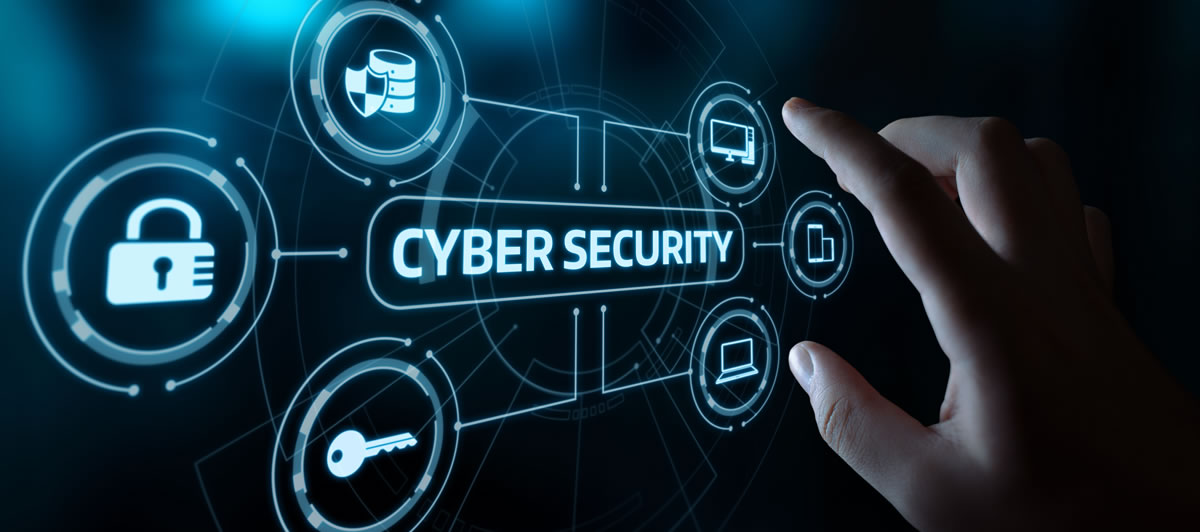If you’ve ever wondered what’s really happening on a network, Wireshark is like putting on x-ray glasses. This free tool lets you see the actual packets flying back and forth—kind of like listening in on a busy café conversation, except instead of people chatting, it’s your laptop, phone, and servers exchanging data.
The cool thing? Once you get the hang of it, Wireshark isn’t just for hardcore network engineers. It’s something any security analyst, IT student, or certification candidate can use to sharpen their skills.
What Is Wireshark, Anyway?
Wireshark is an open-source packet analyzer. In plain English, it captures the raw traffic going across a network and lets you inspect it at a microscopic level. You can see everything from IP addresses and protocols to suspicious packets that might hint at an attack.
Why is it popular? Because it’s free, powerful, and trusted in both classrooms and enterprises. Many security pros even call it their “go-to magnifying glass” when troubleshooting or investigating threats.
Getting Started with Wireshark
Alright, so how do you actually use it?
-
Download and Install: Grab it from the official Wireshark website. It works on Windows, macOS, and Linux.
-
Pick a Network Interface: When you open Wireshark, it’ll show you a list of network interfaces (like your Wi-Fi card or Ethernet adapter). Select the one you want to monitor.
-
Start Capturing: Hit the little shark fin icon, and you’ll immediately see packets scrolling by. Don’t worry if it looks overwhelming—that’s normal!
-
Use Filters: This is where the magic happens. Instead of staring at thousands of packets, you can filter for what you care about. For example:
-
httpto see only web traffic -
tcp.port==443to see HTTPS traffic -
ip.addr==192.168.1.5to focus on one device
-
What to Look For in Packet Analysis
Here’s where things get fun. Some of the most common tasks you can do with Wireshark include:
-
Identifying suspicious traffic: Spot unusual spikes in connections or strange IP addresses.
-
Checking protocols: See if data is traveling securely (HTTPS) or in plain text (HTTP).
-
Following a TCP stream: Reconstruct a conversation between two devices to understand what was exchanged.
-
Troubleshooting connectivity: Find out why an application isn’t connecting—maybe it’s blocked by a firewall or sending traffic to the wrong port.
The more you practice, the easier it is to recognize “normal” vs. “weird” traffic.
Why Wireshark Matters for CompTIA Certifications
If you’re aiming for certifications like CompTIA CySA+, Security+, or even Network+, Wireshark is more than just a side skill—it’s directly connected to exam content.
-
In Security+, you’re expected to understand the basics of network monitoring and traffic analysis. Wireshark is a perfect way to practice.
-
In Network+, packet analysis ties directly into troubleshooting and protocol knowledge.
-
In CySA+, Wireshark is a huge help for learning how to detect anomalies, investigate incidents, and validate vulnerabilities.
And here’s a bonus: if you’re already certified, practicing with Wireshark can sometimes count toward continuing education credits when tied to training or labs.
A Simple Hands-On Exercise
Here’s a quick challenge you can try right now:
-
Open Wireshark and start a capture.
-
Visit a few websites—maybe Google, YouTube, and your favorite news site.
-
Stop the capture and use the filter
httportlsto see the traffic. -
Right-click on one of the conversations and choose “Follow TCP Stream.”
-
Watch how the data flows—encrypted for HTTPS, plain text for HTTP.
That one simple exercise already gives you a taste of why packet analysis is so powerful.
Wrapping It Up
Wireshark can feel overwhelming at first, but with practice it becomes second nature. It’s like learning a new language: the more you “listen” to network conversations, the faster you’ll catch on.
For modern cybersecurity professionals—and especially those chasing CompTIA certifications—it’s not just a neat tool to know. It’s a way to build real-world, hands-on skills that employers love. So fire up Wireshark, hit capture, and start exploring what’s really happening under the hood of your network.




